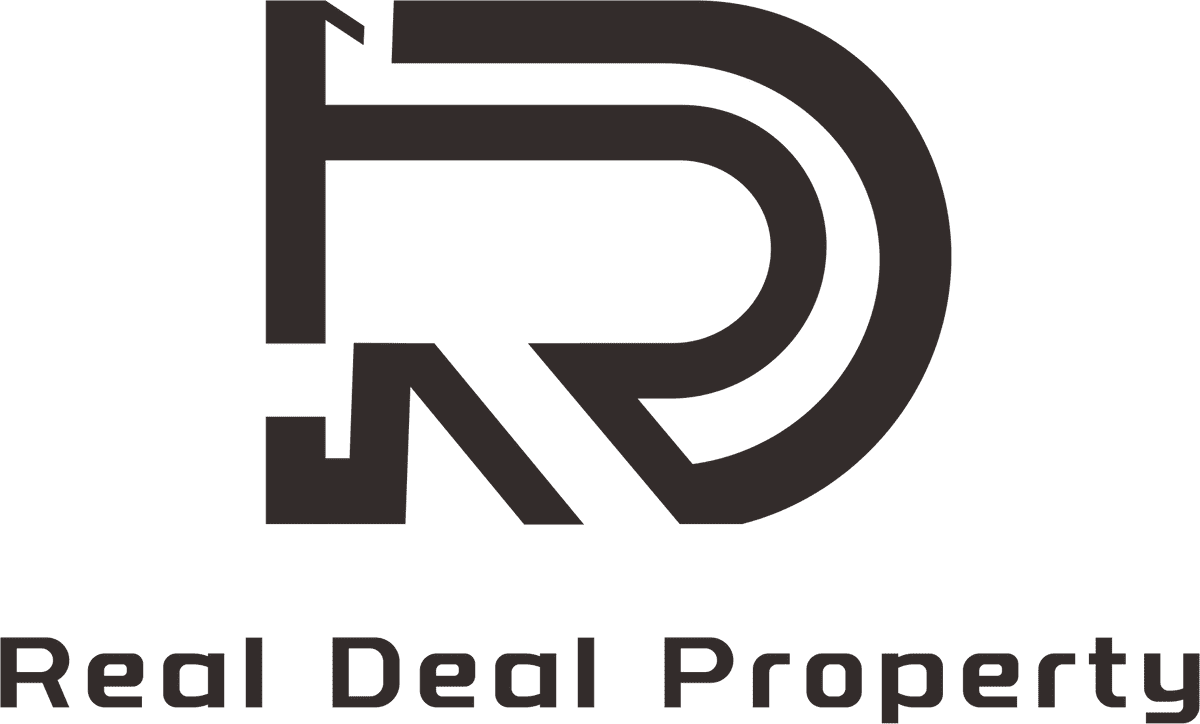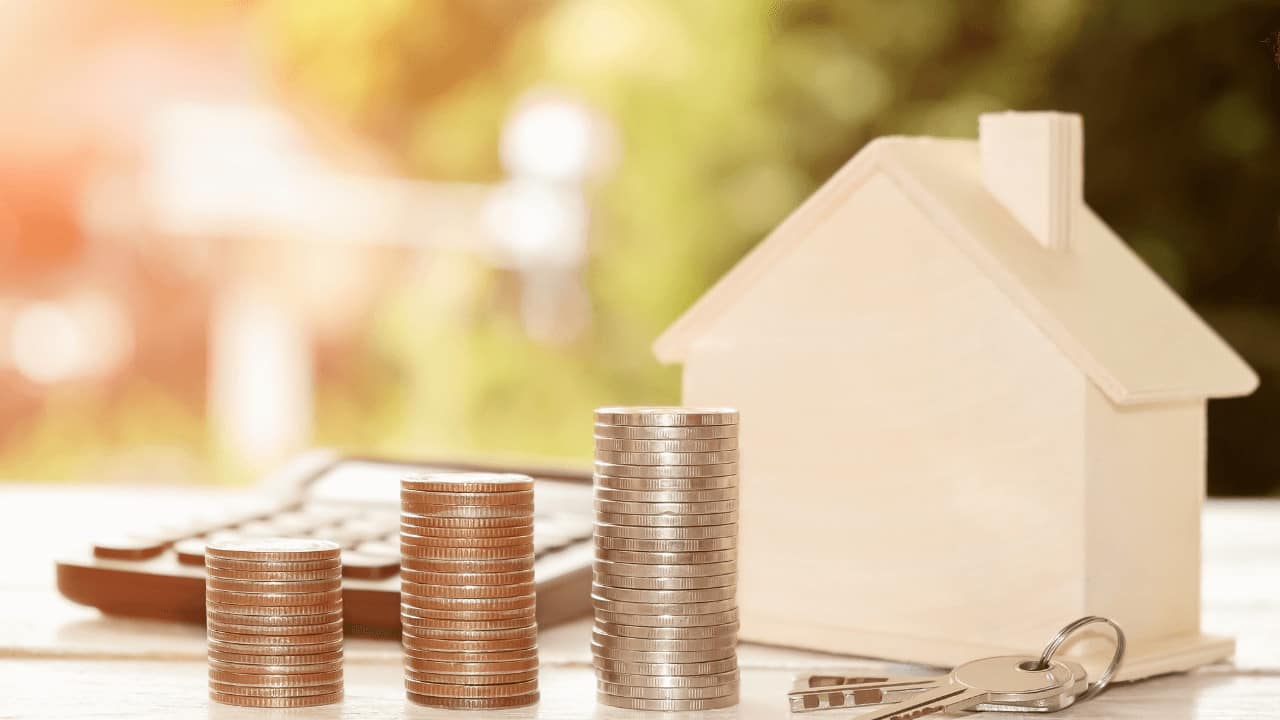Investing in positive cashflow property can be a great way to generate passive income and build wealth over the long-term. However, it’s important to understand the different types of positive cashflow property investments and the risks and rewards associated with them. In this article, we’ll explore the key considerations for investing in positive cashflow property, the benefits and risks of doing so, and the strategies and tax implications you should be aware of.
Types of Positive Cashflow Property
When it comes to investing in positive cashflow property, there are a few different options to choose from. The most common type of positive cashflow property is a rental property. This is when you buy a property and rent it out to tenants, generating a steady income from the rent payments. Other types of positive cashflow property include fix-and-flip properties, where you buy a property, make improvements to it, and then sell it for a profit, as well as commercial properties, such as office buildings or shopping centres.
Benefits of Investing in Positive Cashflow Property
Investing in positive cashflow property can offer a number of benefits. The most obvious benefit is the potential for passive income. By renting out a property, you can generate a regular, consistent income stream, which can be a great way to supplement your existing income. Additionally, investing in positive cashflow property can also be a great way to build wealth over the long-term, as the value of your investment can appreciate over time.
Calculating Cashflow
When investing in positive cashflow property, it’s important to understand how to calculate the cashflow of a particular property. To do this, you will need to consider the total income you expect to receive from the property, as well as the total costs associated with owning and maintaining the property. These costs include mortgage payments, taxes, insurance, repairs, and any other related expenses. Once you have added up all of these costs, you can subtract them from the total expected income to calculate the net cashflow of the property.
Reducing Risks
There are a few strategies you can use to reduce the risks associated with investing in positive cashflow property. One of the most effective strategies is to diversify your investments. By investing in multiple properties in different markets and locations, you can reduce your risk if one of the properties fails to perform. Additionally, it’s important to do your due diligence and thoroughly research any potential investments before investing in them.
Maximizing Return on Investment
In order to maximize your return on investment from positive cashflow property, it’s important to select the right properties. This means carefully researching potential investments to ensure that you’re getting a good deal, as well as considering factors such as location, property condition, and rental demand. Additionally, it’s important to understand how to properly manage a rental property, such as setting the right rent price, finding the right tenants, and properly maintaining the property.
Tax Implications
When investing in positive cashflow property, it’s important to understand the tax implications of doing so. Generally speaking, rental income is subject to income tax, and you may also be eligible for deductions related to your rental property, such as mortgage interest paid, property taxes, and certain maintenance and repair costs. Additionally, if you sell your rental property, you may be subject to capital gains tax.
Conclusion
Investing in positive cashflow property can be a great way to generate passive income and build wealth over the long-term. However, it’s important to understand the different types of positive cashflow property investments, the benefits and risks of doing so, and the strategies and tax implications you should be aware of. By researching potential investments carefully, diversifying your investments, and understanding how to properly manage your rental property, you can maximize your return on investment and minimize your risks.

